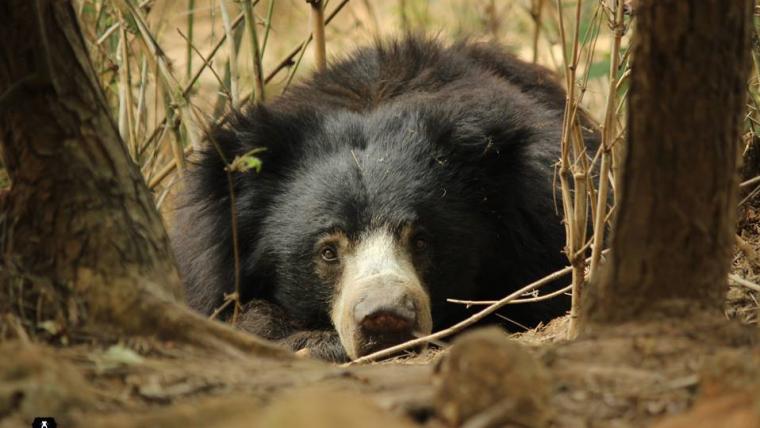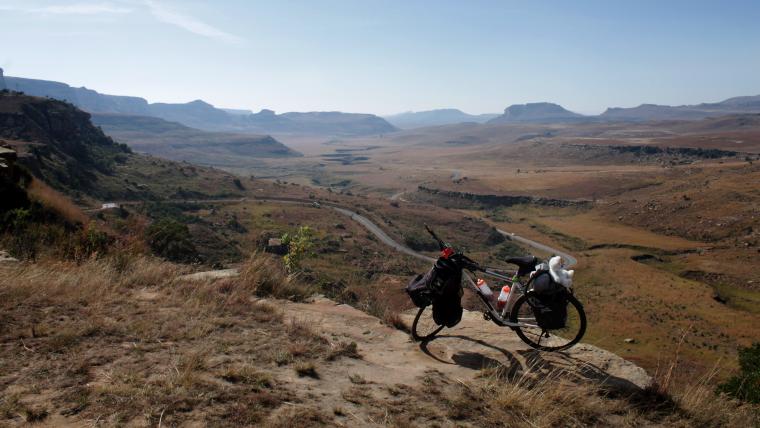
How the last dancing bear of India was taken off the streets
Bears are wild animals, and they were not born to dance. But in parts of India, people desperate to earn a living force sloth bears to perform. For 400 years, members of the Kalandar tribe used the mammals as entertainment and to gain an income. Poached from the wild, baby bears would have hot pokers pushed through their muzzles to insert a rope. Local animal rescuer Kartick Satyanarayan is at the forefront of stopping this inhumane practice. “Imagine you were dragged all your life on a four-foot long rope, on the streets, begging for money, and you would jump up and down in pain but it would be seen as dancing,” he says. “We had to bring an end to it.”
Satyanarayan is the co-founder of Wildlife SOS, an organisation that’s been protecting wildlife in India since 1995. They faced pushback when they attempted to end the dancing bear industry, as it provided financial support for people in dire poverty. But by connecting with the leaders of villages and creating sustainable alternatives to earn an income, Satyanarayan and his team were able to show locals that they had both the animals’ and people’s interests at heart. Today, members of the community now make up a portion of the staff at Wildlife SOS.
Working with the Indian government, Wildlife SOS took the last bear off the street in 2009, eradicating the dancing bear industry. Having rescued over 628 bears from dancing, and hundreds more from human-wildlife conflict, Satyanarayan is heralding a new future for the animals in India. “When we started our work with the bears, people said, ‘It’s impossible. You’re not going to be able to solve it in this lifetime’,” he says. “Wildlife SOS’s philosophy is that impossible doesn’t exist.”
Footage by Wildlife SOS was used in the creation of this film.






























Please sign in to leave a comment